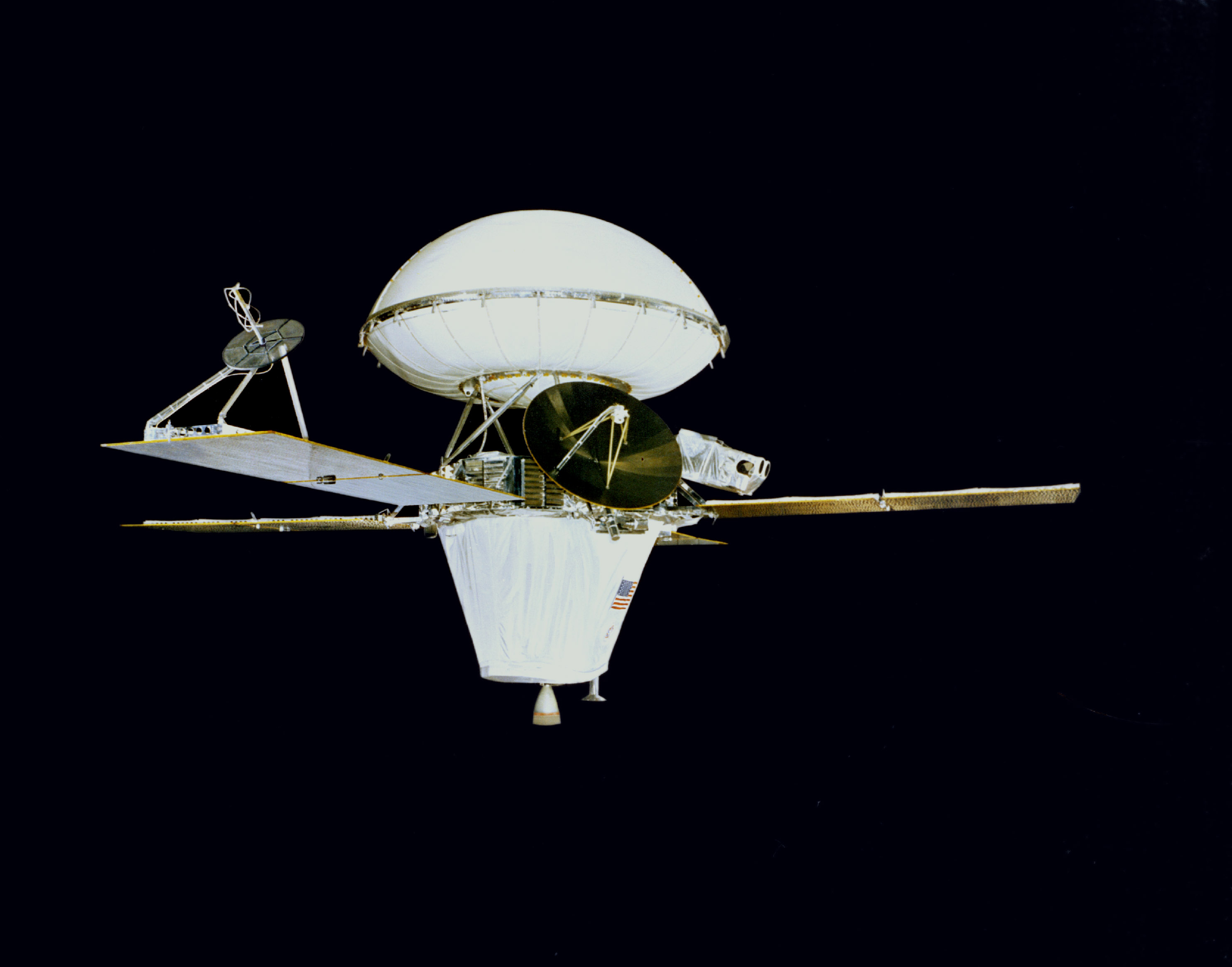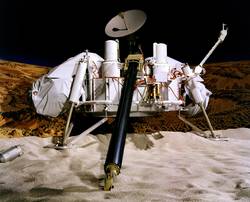Mankind is driven by the intellectual curiosity and quest to find the answers to the questions which have been itching them since antiquity. Some of the questions are regarding the beginning and evolution of the universe―how it formed on earth, how it evolved and what threats, if any, are faced it on earth―and greatest among them is extraterrestrial life, led to the exploration of this vast universe.
Can life originate on any other planets? Is extraterrestrial life possible? Are there any other species in the solar system and the worlds beyond which are intelligent like humans or maybe even more intelligent than us? Search for life, on other planets of the solar system and our whole universe, has been one of the main objectives since the start of the space age in the mid-twentieth century.
Astrobiologists or exobiologists ―study the presence of any form of life in the solar system and beyond― use several branches of science like mathematics, chemistry, biology and radio astronomy to predict the presence of any microbial or biological life clues on distant planets of our solar system as well as stars in faraway galaxies. NASA’s Viking program was the first such mission for the search of life on our closest planetary neighbor, The Mars.
Viking project was historically the first-ever mission to Mars. It sent the first-ever pictures of Mars from its surface after successfully carrying out soft landings of two landers on Mars. The Viking program was important in the perspective of astrobiology as it intended to carry out several biological and chemical experiments on the surface of Mars to look for any signs of biological activity.
NASA developed two identical Viking spacecraft, each with an orbiter and a lander mainly to study, photographs of Mars surface from the orbit, and act as relays between the control systems on earth and the landers on surface. The two identical landers were designed to carry out four main types of experiments, to look out for any signs of life, on the red planet.
These experiments varied from analyzing samples of Martian soil, for the presence of any organic material, to other experiments where nutrients dissolved in the Martian soil to determine the presence of any microbial organisms, if any of them present, would consume the nutrients and release gases after the biological process which would point to their presence on Mars. But the experiments opened a Pandora box of controversies and created new enigmatic questions which could not be solved by scientists to the date.

The two Vikings (1 and 2) landed on Mars on two different landing sites and started carrying out scientific experiments. The first kind of experiments called Labeled Release (LR) experiment in which the Martian soil provided with essential nutrients and water added along with radioactive carbon as a marker to study the metabolic reaction of microbial life if any. The scientists believed that the nutrients will consume by any potential microbial life, and some gases would be released as a result of reactions. The second experiment was to take the Martian soil samples and heat them in Gas chromatogram mass spectrometer (GC-MS) to vaporize them and analyze the spectrum of compounds released. This was meant to determine the presence of any carbon compounds.
Interestingly, the results of LR experiments came positive indicating the presence of life on Mars. While on one hand the scientists working on the Viking mission exhilarated by these results, the results of the GC-MS experiment wiped indicated otherwise. GC-MS results indicated that there was no presence of any organic molecules in the Martian soil.
These contrasting results created controversies and sparked out conspiracy theories. Despite the positive results of LR experiments, the general scientific agreement is that these positive LR experiments were likely caused by the non-biological processes and probably due to the oxidative chemical reactions with the Martian soil.
Patricia Straat, the co-experimenter of the LR experiments, said in an interview “the results met the pre-mission definition of a positive life response. But of course as soon as we got it everyone came up with alternative proposals to account for the results non-biologically.”
NASA’s scientists had designed the experiments after visiting far-flung areas of the world. The scientists had traveled to remote areas and tried to simulate the Martian environment in areas such as dry valleys of Antarctica and the Atacama Desert in Chile. These areas consider the best analogs of the Red planet.
The Vikings were especially important for the Astrobiologists and ushered in new ways to detect life. Patricia Straat later on said: “While I pretty astounded, but very interested in these non-biological hypotheses. What we could say at the time was that the result was consistent with a life response. I wasn’t ready to say we had a life response, especially not in view of all the objections.”
The questions raised by Viking mission, especially that related to the chemical and biological processes on Mars and the presence of life, could only be resolved by sending future missions, which specifically identify the chemicals responsible for the Viking results, or by a conclusive demonstration of the presence of life on Mars.
The Biological Oxidant and Life Detection (BOLD) is a future Mars mission which would be a follow-up of Vikings and would test Martian soil samples using a number of small impact landers.
While the Vikings missions created new questions and opened new controversies, they also revealed a great deal about our incomplete knowledge of Earth and life. They also unveiled the human understanding of life and our inability to detect other forms of life, if they exist.

Muhammad Abdullah Khan has done bachelors in Chemistry from Government College University
Lahore. He is a science enthusiast and loves to read and write about astronomy, cosmology and latest
scientific endeavors.

